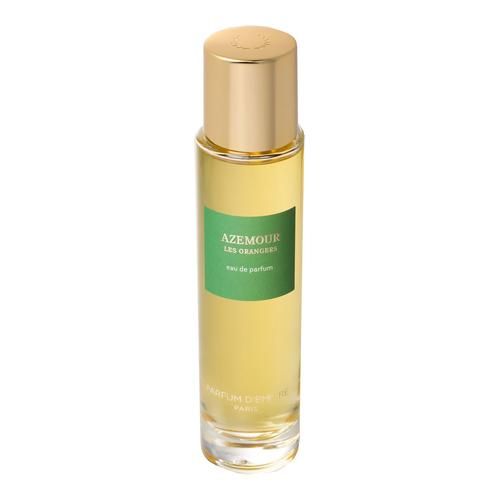Marc-Antoine Corticchiato’s love for Morocco
Also, if some fragrances in the Parfum d’Empire collection are a tribute to Corsica, others, on the other hand, make a nod to Morocco, another land of the perfumer’s childhood. This is notably the case of Azemour Les Orangers.
Marc-Antoine Corticchiato’s love for Morocco
If Marc-Antoine Corticchiato wished here to pay tribute to Morocco, it is quite simply because it is a country almost anchored in its DNA. Indeed, although he is from Corsica, Marc-Antoine Corticchiato spent his childhood in Morocco. His father was exiled from his island and then raised Marc-Antoine Corticchiato in the middle of the eastern citrus fields. It is therefore shared between these two cultures that Marc-Antoine Corticchiato’s sense of smell developed. Azemour Les Orangers is thus a sort of landscape fragrance inspired by an orange grove in Azemmour, a small Moroccan town located approximately 70 km southwest of Casablanca, at the mouth of the Oum Errabiaa river. What is more, bordered by beaches and sunshine, this region is also recognized for its tourist attraction. It is therefore precisely all this happiness to live that we find in the perfume Azemour Les Orangers. The perfumer shows us through this essence his deep attachment to the land where his family has decided to plunge its roots. Azemour Les Orangers is a fragrance offered like a painting in which dunes, orange groves and wild herbs intersect, a sort of lost paradise reminiscent of a Moroccan landscape.
The intense luminosity of Azemour Les Orangers
Of course you, you are not unaware that Morocco is a land full of sun. It is therefore natural that the luminosity has integrated this perfume from all sides. Thus, Azemour Les Orangers begins with the sparkle of citrus fruits. The latter contains lemon, grapefruit, orange, clementine and tangerine. However, Morocco is also a country that smells of spices. Thus, Azemour Les Orangers is a juice in which coriander, cumin, pink berries and black pepper come together. A darker facet then takes over and combines blackcurrant and galbanum. The whole is illuminated with a little more absolute of orange blossom and neroli for a rendering that is both solar and honeyed. The rose gives the whole more elegance and nevertheless reveals itself in its most sharp facet. Finally, the dry herbs of Morocco are evoked by extracts of hay and moss. A woody background then emerges on the horizon, highlighting the flavor of cypress trees coming to be lost in the sand dunes swept by salt spray.
Chypre Floral
